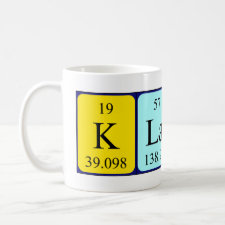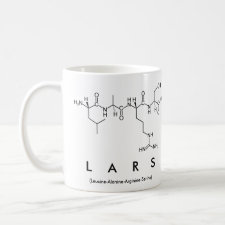
Authors: O'Shannessy DJ, Andersson LI, Mosbach K
Article Title: Molecular recognition in synthetic polymers. Enantiomeric resolution of amide derivatives of amino acids on molecularly imprinted polymers.
Publication date: 1989
Journal: Journal of Molecular Recognition
Volume: 2
Issue: (1)
Page numbers: 1-5.
DOI: 10.1002/jmr.300020102
Abstract: Molecular imprints were prepared using L-phenylalanine anilide as the print molecule and methacrylic acid as the functional monomer. Methacrylic acid interacts ionically with the primary amine of the print molecule and via hydrogen bonding with the amide function. In the HPLC mode such polymers were shown to exhibit efficient enantiomeric resolution of a racemic mixture of the original print molecule. Enantiomeric resolution was shown to be dependent on the ratio of methacrylic acid to print molecule in the pre-polymerization mixture and specific for the presence of both print molecule and functional monomer. Further analyses showed the importance of both the primary amino and amide functions in the correct stereochemistry for recognition and enantiomeric resolution of compounds on such polymers. Other amide derivatives of amino acids including p-nitroanilides, p-naphthylamides and amides were recognized by such polymers, and enantiomeric resolution was obtained for amide derivatives of amino acid ranging from alanine to tryptophan on a single polymer. The implications of these findings with respect to the mechanism of recognition and the ability to predict enantiomeric resolution of molecules on molecularly imprinted polymers will be discussed.



Join the Society for Molecular Imprinting

New items RSS feed
Sign-up for e-mail updates:
Choose between receiving an occasional newsletter or more frequent e-mail alerts.
Click here to go to the sign-up page.
Is your name elemental or peptidic? Enter your name and find out by clicking either of the buttons below!
Other products you may like:
 MIPdatabase
MIPdatabase









